'We're learning more every day': How U of T is leading efforts to understand – and respond to – COVID-19

From tracking its spread to developing new diagnostic tools and educating the public, U of T experts have been on the front lines of the battle to understand and ultimately respond to COVID-19 and the novel coronavirus behind it.
Published: March 10, 2020
As the world watches the spread of the COVID-19 virus, researchers from the University of Toronto are at the forefront of monitoring, predicting, and managing the disease – from creating mathematical models that help predict its spread to working on rapid diagnostics and potential treatments.
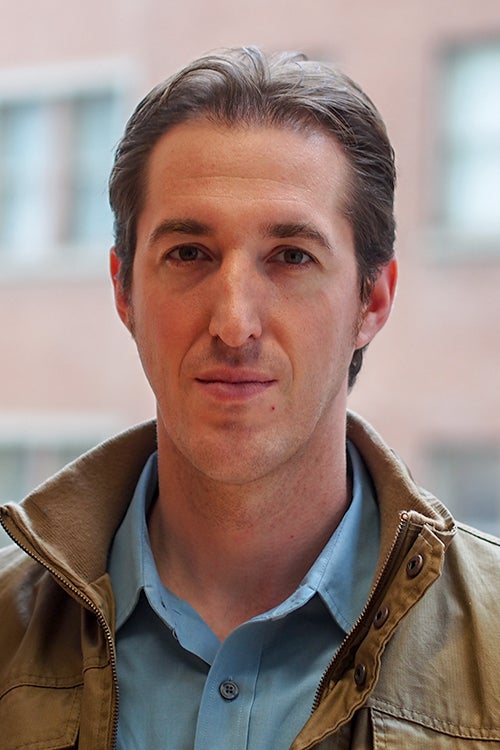 They are also providing critical advice to world leaders – and the rest of us via numerous appearances on TV, radio and online news sources – on the best ways to respond to an outbreak that has so far sickened more than 114,000 on every continent except Antarctica and is responsible for more than 4,000 deaths.
They are also providing critical advice to world leaders – and the rest of us via numerous appearances on TV, radio and online news sources – on the best ways to respond to an outbreak that has so far sickened more than 114,000 on every continent except Antarctica and is responsible for more than 4,000 deaths.
While Canada has so far escaped the worst of the growing health crisis, with just 65 confirmed cases, Isaac Bogoch (left), a specialist in epidemiology and infectious diseases, says it’s only a matter of time before the novel coronavirus makes its presence felt here in a much larger way.
“In Canada, we're certainly not immune to this, and we will very likely see more and more imported cases into Canada as we see more cases throughout the world,” says Bogoch, who is an associate professor of medicine in the Faculty of Medicine and a clinician investigator at the Toronto General Hospital Research Institute, part of the University Health Network (UHN).
Understanding the virus and tracking its spread
In addition to making regular appearances in the media to help inform and educate a nervous public, Bogoch is one of a number of U of T researchers who is tracking the disease using official reports and computer models in an attempt to predict how bad the outbreak is likely to get. In January, he was first author on a study in the Journal of Travel Medicine that predicted the likely spread of the disease based on analyzing flights originating in or passing through Wuhan, China, which would later emerge as the epicentre of the outbreak, but at the time had only a few confirmed cases. The paper correctly predicted that the disease would soon spread to Bangkok, Hong Kong, Tokyo and Taipei.
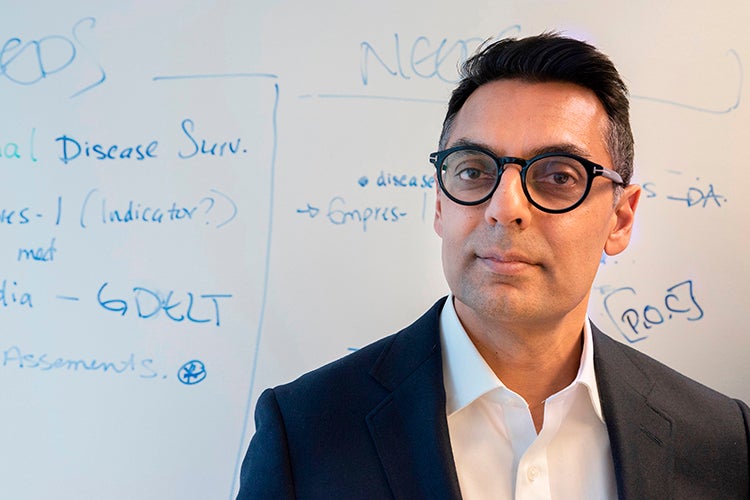
BlueDot Health, founded by the Dalla Lana School of Public Health’s Kamran Khan, alerted its clients to the outbreak of an infectious illness in China about one week earlier than the World Health Organization (photo by TK)
Bogoch's co-authors on the paper included Kamran Khan, an associate professor at the Dalla Lana School of Public Health. Khan is the founder of a company called BlueDot that uses data analytics to track and predict infectious disease risk – essentially an automated global surveillance system that can peer into the future. The power of the technology was underscored when the company alerted its clients to the unusual outbreak of illness in China about a week before the World Health Organization alerted the world to the emergence of the novel coronavirus.
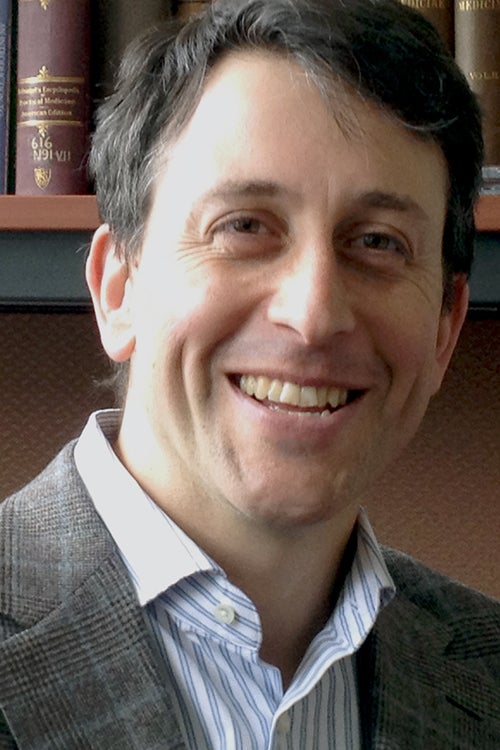
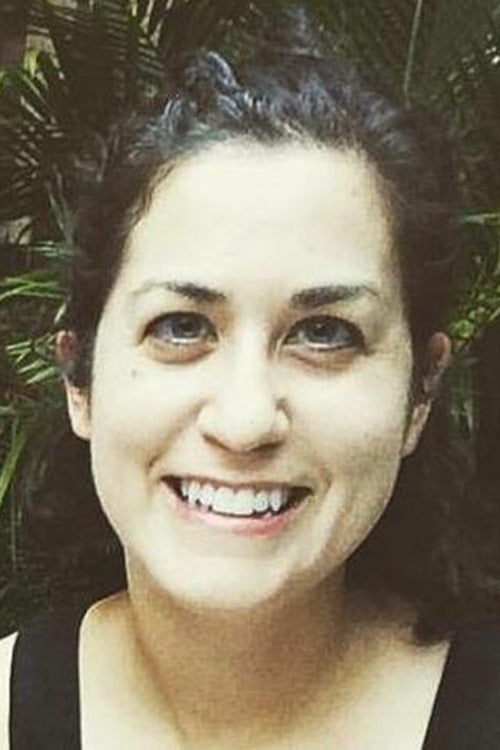 On Feb. 5, epidemiologists Ashleigh Tuite and David Fisman (both at left), both of the Dalla Lana School of Public Health, published a paper in the Annals of Internal Medicine that looked at data on the spread of the disease and concluded that it must have originated in November, a month earlier than previously thought. They also published an online model that allows researchers to test different assumptions about the novel coronavirus such as how infectious it is and how well control efforts are working.
On Feb. 5, epidemiologists Ashleigh Tuite and David Fisman (both at left), both of the Dalla Lana School of Public Health, published a paper in the Annals of Internal Medicine that looked at data on the spread of the disease and concluded that it must have originated in November, a month earlier than previously thought. They also published an online model that allows researchers to test different assumptions about the novel coronavirus such as how infectious it is and how well control efforts are working.
“Modelling allows us to move from data to understanding,” says Fisman, who has also been a fixture on TV, radio and online publications in recent weeks. “You can easily do interventions or experiments on the population on your computer. And that can give you ideas, for example, about how you might slow this epidemic – what might be the impact of flattening the epidemic curve, for instance, so the epidemic is less fierce at any given point of time, but lasts longer?”
More recently, Bogoch, Khan, Fisman and Tuite wrote a paper to predict the size of the COVID-19 outbreak in Iran. At the time they wrote the paper, Iran had confirmed only 43 cases of the disease. But three international cases had also been traced back to Iran. Based on that number and an analysis of travel patterns, they calculated that Iran likely had 18,300 active cases. Since then, Iran has identified thousands of confirmed cases.
Despite successes like these, Bogoch points out that a lot is still unknown about the disease. For instance, although the mortality rate is reported at two to three per cent, the rate could go down as we discover that more people than we thought had mild cases of the disease and recovered without anyone knowing.
It's also difficult to say how widespread the disease will eventually become, or how it will compare in severity to other diseases such as SARS or the seasonal flu.
“I think we have to be careful and humble in our approach to this infection. We're learning more and more every day, and we don't have all the answers,” he says.
New tools to combat COVID-19
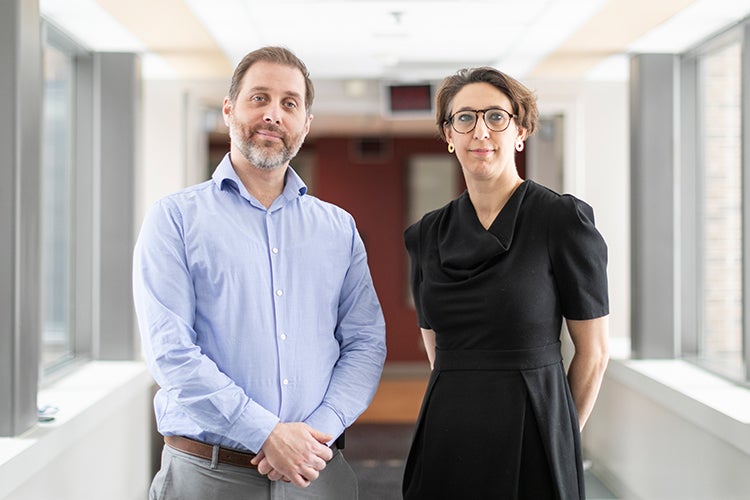
Robert Kozak and Samira Mubareka, both in U of T’s department of laboratory medicine and pathobiology and at Sunnybrook Health Sciences Centre, are working on new tools to help hospitals diagnose the virus more quickly (photo by Nick Iwanyshyn)
Beyond understanding the spread of COVID-19, there are several U of T researchers who are racing to develop new tools for physicians to combat the virus both here in Canada and around the world.
Samira Mubareka and her colleague Robert Kozak, both in U of T’s department of laboratory medicine and pathobiology in the Faculty of Medicine and at Sunnybrook Health Sciences Centre, are using the latest in whole-genome sequencing technology to help hospitals characterize the virus more quickly. The research also promises to help track the virus’s evolution and spread.
“If the virus’s genome was a book, we’re going to figure out its entire story,” Kozak told U of T News in late February.
At the same time, a U of T startup company that was co-founded by former PhD student Ali Punjani played a key role in helping researchers create the first 3D, atomic scale map of the part of the virus that attaches to and infects human cells – a key step toward developing a vaccine that some described as a “critical breakthrough.”
There will likely be more discoveries to come. Late last week, the federal government announced it was investing $27 million in coronavirus-related research, nearly $6 million of which is going to U of T and affiliated institutions.
Getting our act together
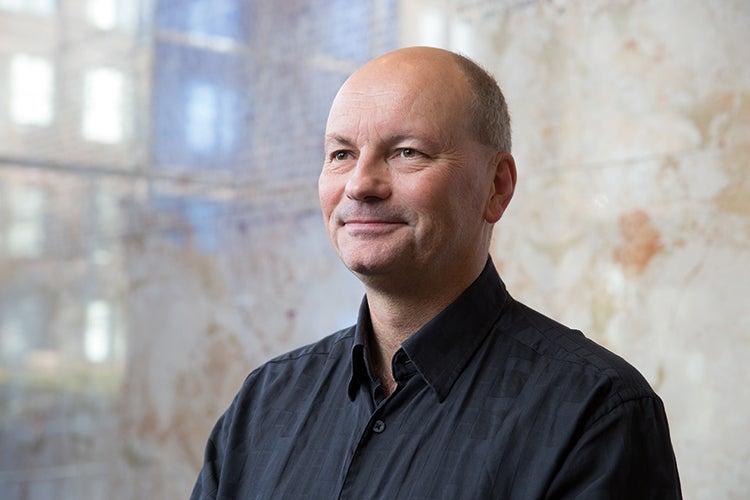
Ross Upshur, a researcher and bioethicist, says some of the responses to COVID-19 from governments have been questionable (photo courtesy of Dalla Lana School of Public Health)
Ross Upshur is a researcher and bioethicist with the Dalla Lana School of Public Health. He is especially interested in the ethics of responses to infectious disease outbreaks, and is chairing a World Health Organization working group on the topic.
Upshur says that the ethics of responses to emergencies like COVID-19 have been laid out in a number of recommendations and enjoy a general consensus. But he says that, with each new outbreak, there’s a tendency for governments tend to forget lessons of the past.
“Most outbreaks start out interesting, then they become weird, then they become weirder, but structurally the same sorts of issues arise again and again and again. That's the thing I find fascinating. When are we going to get our act together on this?”
Even though there are well-established ethical guidelines about the best ways to respond to disease outbreaks, Upshur says that governments never seem to remember those lessons from one outbreak to another.
For instance, measures to control the outbreak have been more restrictive than usual, and look more like security responses than public health measures. And Upshur thinks at least some of the measures are questionable. For instance, Japan quarantined 3,711 passengers and crew on the Diamond Princess cruise ship, and 705 eventually became sick. Upshur says an alternative would have been to send everyone home with thermometers and to check in with them daily. Such a measure was effective in dealing with a similar incident during an Ebola outbreak, he says.
Zoonotic disease

An assistant professor in the Faculty of Medicine, Kerry Bowman points to the widespread trade of wild animals as a contributor to a number of diseases, including SARS, Ebola, and now COVID-19 (photo by Jacklyn Atlas)
Kerry Bowman is an assistant professor of medicine and a bioethicist with an interest in the effects of environmental degradation and wild animal consumption on the spread of disease. Several years ago, he visited the market in Wuhan that is the epicentre of the disease and saw first-hand the wild animals for sale there.
He counted 56 species of animals for sale, wild and domestic, crowded together in stacked cages. Not only were the animals suffering, but the conditions were perfect for the spread of disease, he says.
Bowman acknowledged that there are cultural sensitivities around consumption of wild animals, and that it occurs in many countries, including eating of deer and other game animals in Canada. But he says the widespread trade of wild animals has contributed to a number of diseases, including SARS, Ebola, and now COVID-19. In each case, the disease seems to have originated in a wild animal being used for food.
“Unless we collectively begin to deal with the commodification of wildlife and the consumption of wildlife we are not going to get on top of this,” he says.
Politics and xenophobia
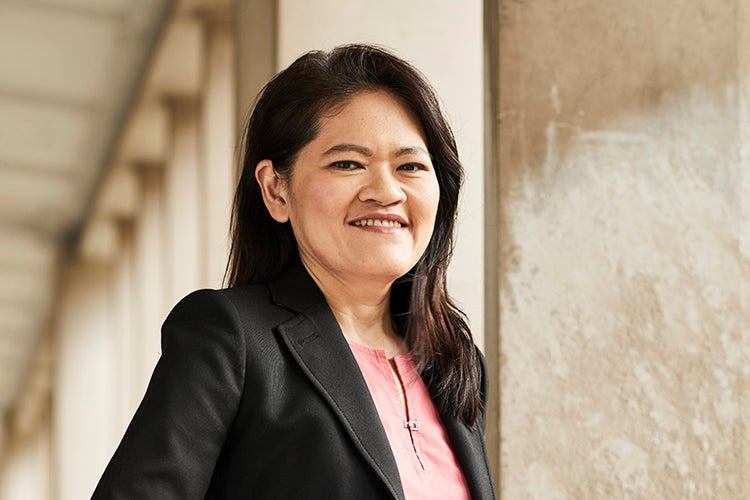
An associate professor of political science, Lynette Ong says China's government didn't respond well during the outbreak’s early days (photo by Riley Stewart)
Lynette Ong has been watching the effect of the outbreak on the Chinese government and its relationship with its citizens and other countries. The associate professor of political science says that China's centralized, authoritarian government did not initially respond well in the course of the outbreak.
“Because of the authoritarian nature of the political system, people are afraid to report bad news, even if it's the truth. People try to avoid responsibility,” she says. On the other hand, once the government is convinced there is a problem, it does have the ability to take strong measures.
She also thinks the outbreak has made Chinese citizens more interested in holding their government accountable. “This is an awakening moment in China for people as they become aware that information is controlled tightly. People are realizing that the information being controlled can affect them,” she says.
 Almost as soon as people became aware of the outbreak in China, xenophobic and racist comments began circulating in Canada and elsewhere. Carmen Logie (left), an associate professor in the U of T's Factor-Inwentash Faculty of Social Work, told U of T News that fear of infection during disease outbreaks can amplify existing prejudices and intensify discriminatory behaviours
Almost as soon as people became aware of the outbreak in China, xenophobic and racist comments began circulating in Canada and elsewhere. Carmen Logie (left), an associate professor in the U of T's Factor-Inwentash Faculty of Social Work, told U of T News that fear of infection during disease outbreaks can amplify existing prejudices and intensify discriminatory behaviours
That was particulary the case during the initial days of the COVID-19 outbreak, when it was largely confined to Asia, and Chinese-Canadians were being unfairly targeted.
“We need a multi-pronged approach,” Logie says in the interview. “Yes, we need the information, but we also need to share how this is connected to our biases towards, say, Chinese people in Canada, as well as the negative impacts it's currently having on communities."
Bowman, who worked as a doctor during the SARS outbreak, says that racism was a factor then, too, and it is important to address it quickly.
"An outbreak is not just a biological event,” he says. “It's a political and sociological event as well, and an economic one. And sometimes the economic and social and political can be as powerful or even more destructive than the physical threat, and ‘us against them’ is something that sets in very quickly under this kind of pressure.”
Although he says he has seen racism emerge in similar ways to the SARS outbreak, he thinks that there was more and quicker pushback against it in the media and elsewhere. He also thinks that as the virus spreads to more countries, it will no longer be associated in people's minds solely with China.
Lessons from SARS?

Passengers on the deck of the Diamond Princess cruise ship, which recorded 705 infections and raised serious questions about Japan’s decision to quarantine thousands of people aboard the vessel (photo by Kyodo News via Getty Images)
Canada, not surprisingly, has tended to look at the COVID-19 outbreak through the lens of the 2003 SARS epidemic. But Bogoch points out that they are actually very different diseases. SARS tended to cause severe illness, and had a death rate of around 10 per cent. Coronavirus, on the other hand, usually comes with milder symptoms and a lower rate of death.
Nevertheless, the experience of SARS seems to have taught Canada important lessons that will help it control COVID-19.
“Our systems are so much more robust than they were in the time of SARS, just in terms of the coordination and communication between the various levels of public health and clinical medicine,” he says. “And the infection prevention and control initiatives in hospitals are much more robust now than they were.”
Upshur isn't so sure. He acknowledges that Canada has invested a great deal in public health since SARS, including creating the Public Health Agency of Canada and the position of chief public health officer. On the other hand, the Government of Ontario has proposed cutting funding for public health service.
“Public health is always the first to go because you don't notice it when it's working,” he says. “But woe on you when you start to mess with it. Because you pay the price every time.”
In the meantime, U of T experts will continue to be on the front lines of the current outbreak. That includes experts like Seema Yasmin, a former epidemic intelligence officer at the U.S. Centers for Disease Control and Prevention and global journalism fellow at U of T’s Munk School of Global Affairs & Public Policy, who has been a frequent commentator on U.S. media like CNN and Wired magazine.
It also includes Abdu Sharkawy, an assistant professor in the Faculty of Medicine and infectious disease specialist at Toronto Western Hospital, part of UHN, who recently penned a viral Facebook post that, if nothing else, is helping to keep the wall-to-wall coverage of the COVID-19 crisis in perspective.
Sharkawy argued that while the illness does indeed pose a danger, the panic surrounding it could ultimately do more damage. His prescription? “Facts not fear. Clean hands. Open hearts. Our children will thank us for it.”


